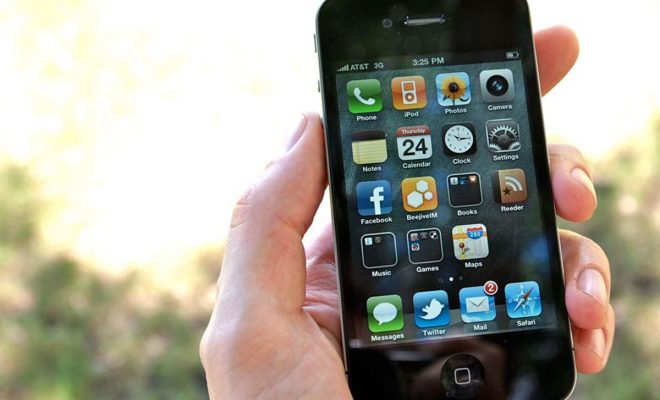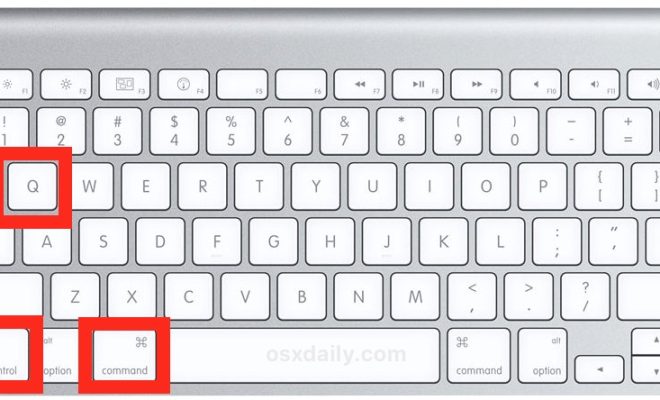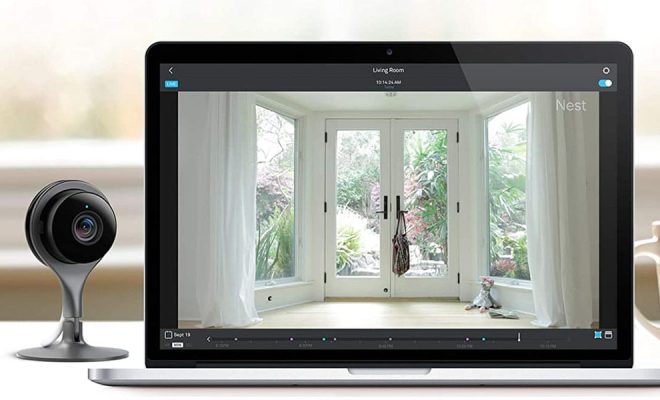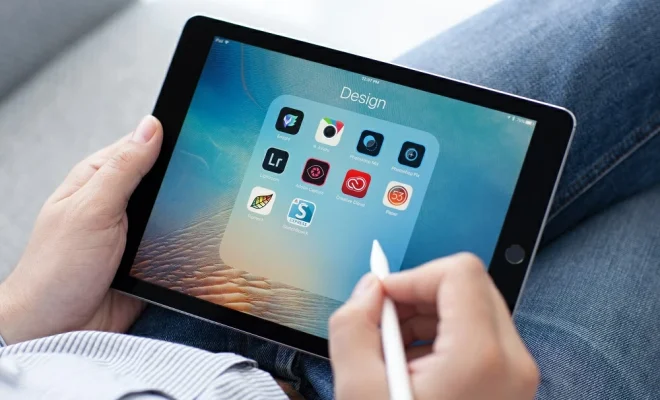iPhone 4 Hardware and Software Features

The iPhone 4 was launched back in 2010, and it proved to be a major upgrade when compared to its predecessor. The device was Apple’s thinnest smartphone at the time, and it featured a completely redesigned exterior, along with some significant hardware and software improvements.
Hardware Features:
1. Display
The iPhone 4 featured a 3.5-inch Retina display with a resolution of 960 x640 pixels. This was a massive upgrade from the previous generation of iPhones, which only had a resolution of 480 x 320 pixels. The display also featured a new IPS (in-plane switching) technology that provided an improved viewing angle and better color accuracy.
2. Processor
The iPhone 4 was powered by an Apple A4 chip, which was based on the ARM Cortex-A8 architecture. This chip featured a clock speed of 1GHz and helped the device to run smoothly without any lag or stutter.
3. Camera
The device had a 5-megapixel rear-facing camera that could record 720p HD videos at 30 frames per second. The camera also had an LED flash and included advanced features such as autofocus, tap-to-focus, and face detection.
4. Design
The iPhone 4 featured a new design that was significantly different from the previous generation of iPhones. The device had a stainless steel frame around the edges, with a glass front and back. This gave the device a sleek and premium look.
Software Features:
1. iOS 4
The iPhone 4 shipped with iOS 4, which introduced a range of new features to the iPhone. These included multitasking, folders, and FaceTime, which allowed users to make video calls to other iPhone users over Wi-Fi.
2. iBooks
The iPhone 4 also introduced the iBooks app, which allowed users to download and read eBooks on their device. The app included features such as a search function, bookmarking, and adjustable font sizes.
3. Game Center
iOS 4 also introduced Game Center, a social gaming network that allowed users to challenge their friends to games, track their achievements, and earn rewards.
4. Siri
Although Siri was not introduced until the iPhone 4S, the iPhone 4 could still take advantage of the device’s voice recognition capabilities. Users could use voice commands to make calls, send messages, and control various aspects of their device.
Overall, the iPhone 4 was a significant upgrade from the previous generation of iPhones. Its hardware and software improvements helped Apple to maintain its position as one of the leading smartphone manufacturers in the world. Despite being released over a decade ago, the iPhone 4’s design and features still hold up well today, making it a timeless classic.






